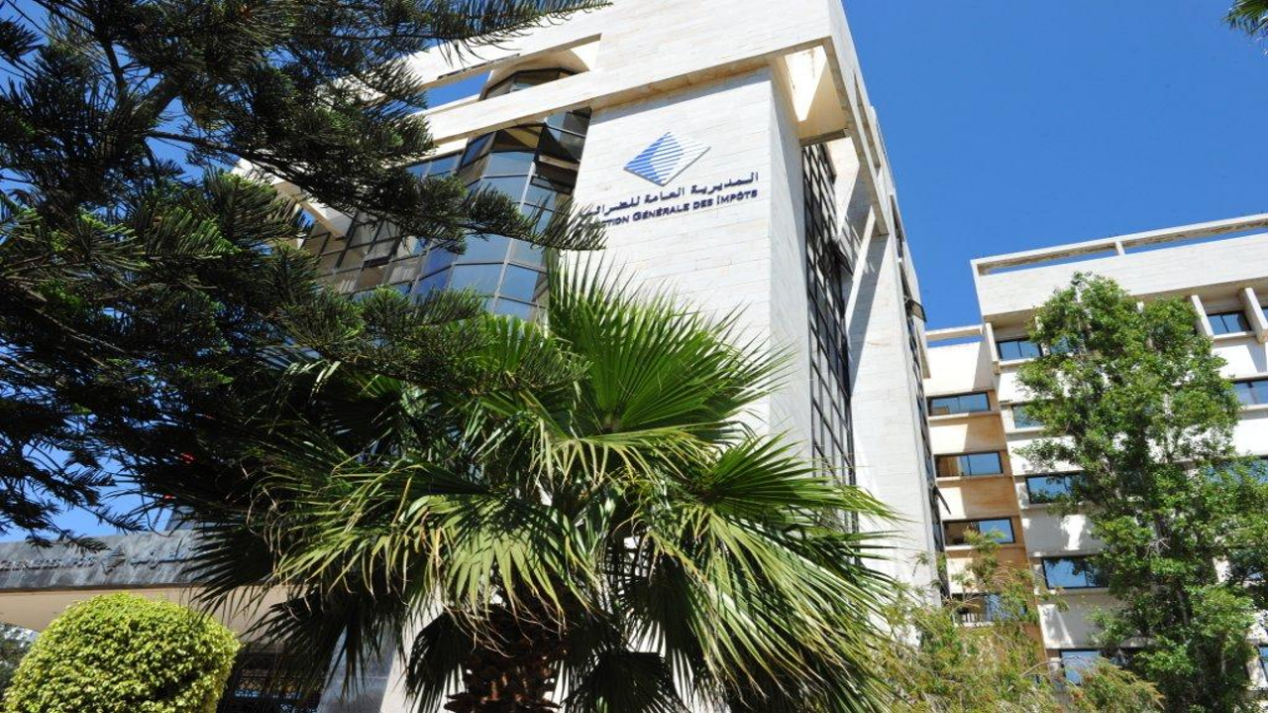Supporting and Streamlining Morocco's Tax System with a New Storage Solution
This site uses cookies. By continuing to browse the site you are agreeing to our use of cookies. Read our privacy policy>
![]()
Enterprise products, solutions & services
The fifth largest economy in Africa, the Kingdom of Morocco's Gross Domestic Product (GDP) reached an all-time high in 2021, recorded at US$142.87 billion. The General Directorate of Taxation (DGI), a part of the Ministry of Economy and Finance (MEF), is the body tasked with overseeing taxation in the country: as such, all transactions pass through its integrated tax infrastructure platform and storage has always been critical to operations. With that record-breaking GDP figure recorded in 2021 representing growth of 7.4%, the DGI found itself with an increased workload. And with legacy storage gateway architecture already beginning to show its age, the DGI's staff recognized that a new storage solution was needed — and needed fast.
With all-flash solutions now becoming more and more widespread, the DGI's staff also knew that traditional storage gateway architecture has become something of a performance bottleneck, impacting entire systems, with overly complex networking only resulting in one thing: challenging maintenance.

Building of The General Tax Administration
Indeed, many organization have already turned to All-Flash Array (AFA) storage infrastructure, which exclusively uses flash memory Solid-State Drives (SSDs) to deliver far superior speeds and performance for mission-critical workloads, boosting the core services of enterprises and fostering business success.
But for the DGI, migrating from legacy storage looked like it was going to be a challenge. While it wanted an all-flash solution that could deliver at least 350,000 Input/Output Operations Per Second (IOPS) (8 KB with a 70/30 workload split) to keep up with data growth, it needed a match for that legacy system under an SVC cluster at its production site. In short, any new storage would also need to be virtualized and compatible with legacy appliances. From an overall structural perspective, the new storage also needed to be scalable, to eventually form an active-active Three Data Center (3DC) configuration to guarantee reliability.
Representatives from the DGI first made the acquaintance of Huawei in 2019 and quickly came to understand the scope of the company's capabilities: not just a Communication Technology (CT) vendor but also an established Information Technology (IT) provider. With the DGI's legacy network structure including both main and Disaster Recovery (DR) sites, Huawei OceanStor Dorado 6000 was soon selected for the former, with 36 slots available in the enclosure and 250 TiB capacity, representing a big improvement without unleashing Dorado's full performance capabilities, reserving capacity to grow.
In phase one of the DGI's data center transformation, Dorado 6000 was the first new device to be introduced to the network and, as such, was confirmed to be fully compatible with all legacy infrastructure through third-party verification and certification. The inherent scalability it includes also lays the foundation for future development, with more devices to be added in later stages and that active-active 3DC solution eventually built up.
Online migration processed smoothly with OceanStor Dorado 6000, which now hosts core services on the DGI's integrated tax infrastructure platform. With better performance, a smoother workflow has also been rolled out for collecting public revenue information and analyzing public spending. Faster transactions allow the DGI to better monitor the implementation of tax policies, allowing it to more precisely define, refine, and develop financial plans for the future, all in support of national growth.